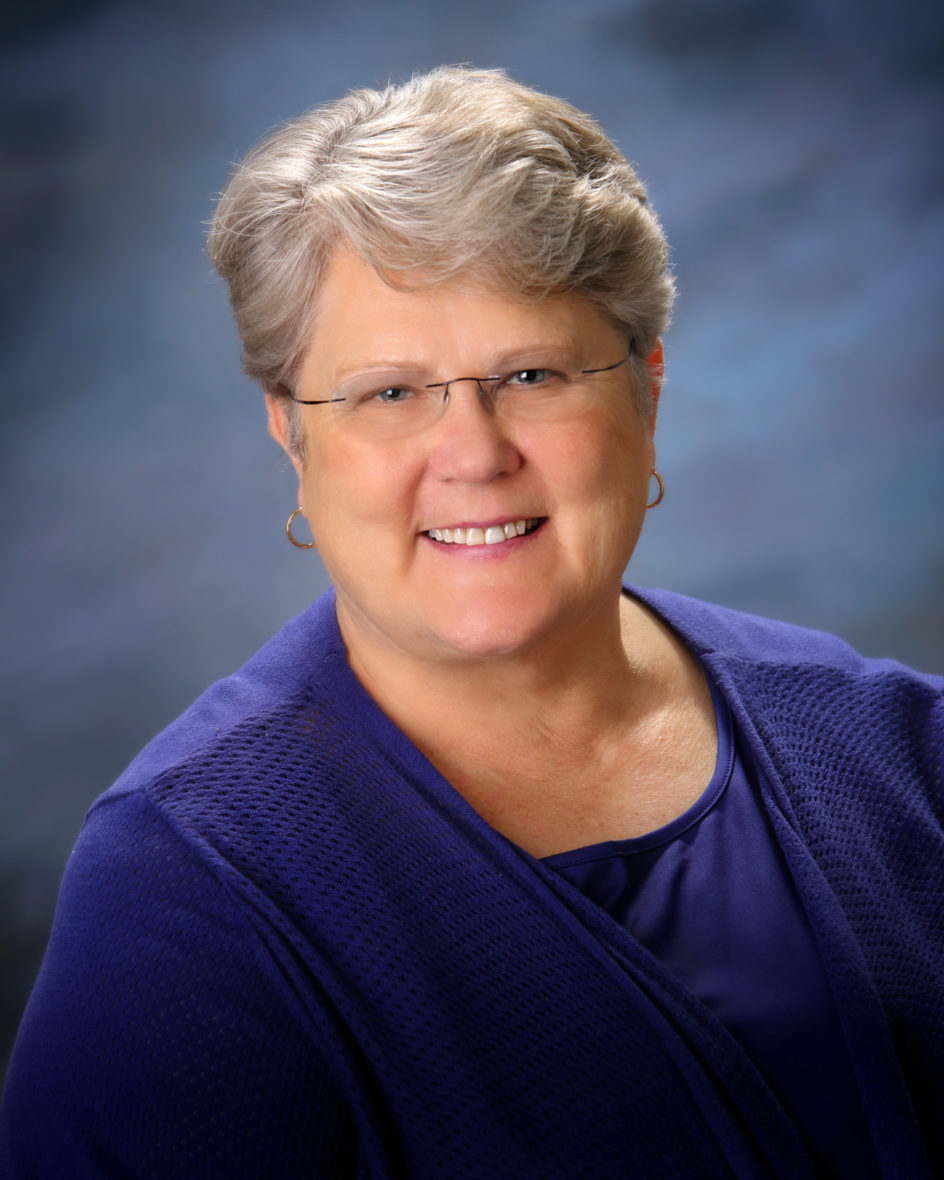After reading Marty Peterson’s recent guest opinion in the Idaho Statesman suggesting the Idaho State Board of Education has too much on its plate to properly oversee both secondary, and postsecondary education in our state, I felt it necessary to respond.
First, I have the utmost respect for Mr. Peterson and his long career in public service, including time spent serving as the legislative liaison for the University of Idaho.

However, I believe his suggestion that the State Board should concentrate solely on K-12 education and that separate boards be appointed to oversee each of our three universities and Lewis-Clark State College would be counterproductive.
The Idaho Constitution vests the “general supervision of the state educational institutions and public school system” in the State Board of Education. Idaho is one of only two states (Rhode Island is the other) with one board overseeing all public education from kindergarten through graduate-level higher education.
I know from my dealings with colleagues on the national level that Idaho’s consolidated governance model is the envy of many other states because it provides us with the ability to set policy which impacts the entire education pipeline without having to navigate multiple layers of decision-makers.
For example, if we had to negotiate agreements with each institution, launching statewide programs like Direct Admissions, whereby all high school students are automatically admitted to an Idaho college or university would be extremely difficult and time consuming. Initiatives like Apply Idaho, which enables high school seniors to apply to any Idaho college or university free of charge, likely never would have gotten off the ground if we needed prior approval from eight different governing boards.
As one board, we are able to operate as a system, which enables us to look at the broader needs of all students and the state. We support each institution and highlight what makes them unique, while leveraging a system which is greater than the sum of its parts.
Geographically, Idaho is a huge state with a small population and scarce education dollars. Mr. Peterson points to the model employed by our community colleges, each of which has its own board of trustees, and we who serve on the State Board are delighted by the success of our community colleges.
As the name implies, these institutions are designed to meet initial post-secondary needs of local communities by providing career technical instruction and general education classes needed to earn an associate degree, while preparing students to continue their education at one of our four-year schools, if they choose.
Our universities and Lewis-Clark State College provide higher education opportunities to entire regions. One board is able to ensure each institution has resources and serves specific unduplicated missions benefitting the system and our entire state.
I will concede that the depth and breadth of the State Board’s governance responsibilities is significant. But rather than breaking the system apart, there is a more precise and cost-effective method to address workload demands. By virtually any measure, the State Board is remarkably under-staffed.
Currently a staff of 33 (including four employees exclusively supporting the Public Charter School Commission) provides professional staff support to the State Board. By comparison, the Washington Student Achievement Council (WSAC) reference by Mr. Peterson, has a staff of over 100. While WSAC has more than three times as many employees, its scope of responsibility is much narrower than that of the State Board.
Similarly, the Utah System of Higher Education has a staff of 40 responsible only for statewide planning, approval of academic programs and other higher education system activities. I believe a better use of taxpayer dollars would be to invest in what we have rather than create four new boards – each with their own staff and administrative overhead.
Finally, Mr. Peterson states that separate boards for each institution would give the State Board more time to concentrate on our K-12 system. The Idaho State Department of Education, under the direction of the Superintendent of Public Instruction, serves as the State Board’s executive agency administering K-12 education in partnership with 117 school districts and 56 charter schools statewide. The education department has 140 staff who already work day-to-day with local districts to administer policies and programs and distribute funding.
Nearly 130 years ago, Idaho’s founders tasked the legislature with establishing and maintaining a uniform and thorough system of public education. With one State Board of Education overseeing the entire system, we can focus attention on each rung of the educational ladder from beginning to end.
There is always room for improvement and we are continually working with parents, lawmakers and stakeholders to make Idaho’s education system strong and student-centered.
Public education in Idaho works because it is a system-wide approach that is holistic, efficient and effective. More boards would introduce more bureaucracy, but I’m not convinced they would improve the educational experience of our students.
Written by Dr. Linda Clark, President, Idaho State Board of Education.
